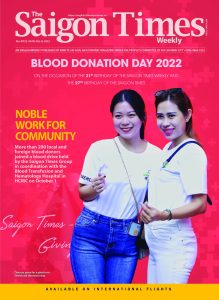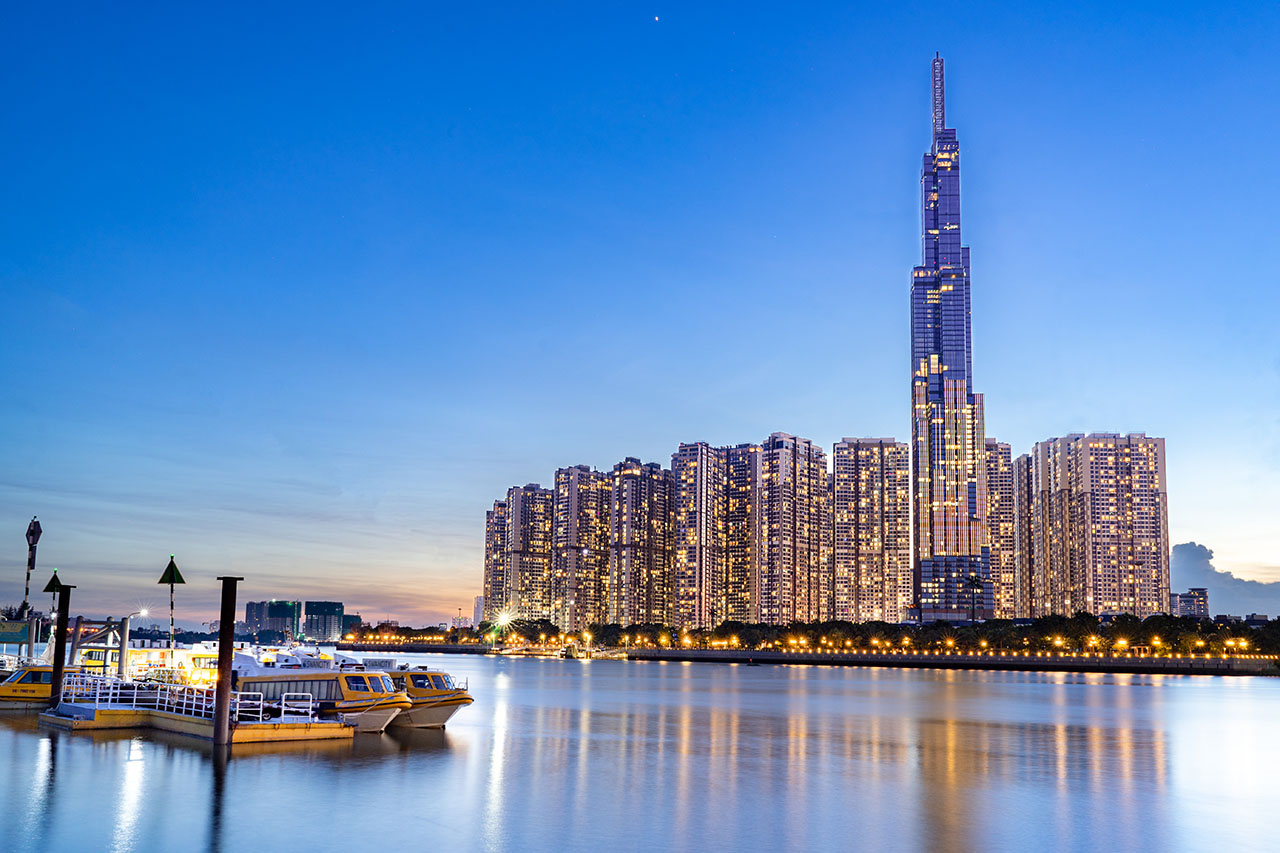Overall, the HCMC economy has changed for the better, but certain industries have yet to get back to stable growth.
Woodworking industry faces uncertainty
While several industries like rubber-plastics, beverage, phamarceuticals, and medicinal chemistry have bounced back, the city’s woodworking industry which used to be a spearhead sector has taken a nosedive.
The period of robust development of the city’s woodworking industry has come to an end. This industry witnessed the sharpest increase in August 2019 when it jumped 64.7% year-on-year, while its output repeatedly doubled. This industry, despite Covid-19, recovered early and posted strong growth during the pandemic, expanding by 20.2% at the height of Covid-19 after gaining a sharp rise in August 2019 as mentioned earlier.
If Covid-19 was seen as a litmus test, this industry proved resilient for efficiently grabbing export opportunities as well as the tight collaboration among industry players to cut costs. However, such strong growth is not seen as stable. The industry’s susceptibility was exposed in late 2021 and continued, evidenced by a sharp fall for three consecutive quarters. Signs of recovery surfaced in July 2022, but the rebound was not sustained in the third quarter as the industry is reliant on the demands in two major markets, namely China and the U.S., plus some European countries.
Difficulties for the industry are two-pronged: the input for production and the outlet for consumption. For the input, this industry has imported inflation in multiple stages, from the purchase of materials to international transport. For the outlet, sales crashed in the first seven months, contracting by almost a half year on year. Employment in the industry has also fallen. In the seven months, the labor force had shrunk by 14.9% year-on-year, and there are no signs of recovery for the industry in the fourth quarter from the global market’s perspective.
Tourism far from recovery
The hospitality industry, which used to be the city’s economic pillar with a share of 11% in the city’s GRDP annually, is bouncing back after a long hiatus. The industry has seen a steady rise in revenue, with August’s value rising 32% against July.
However, the total number of domestic visitors to the city in January-August was equal to just a half of that in the corresponding period in 2019, while the number of inbound tourists matched just 16% of that in 2019’s same period. The total revenue to the end of August was only a half of the 2019 revenue.
This industry’s path of recovery would come under pressure in the coming time, and requires support from central agencies via more liberal policies as well as initiatives by the city such as investing in destinations and bolstering night-time tourism.
FDI on right track
The inflow of foreign direct investment (FDI) was not as strong as in 2019, but this year has seen FDI reoriented to flow into hi-tech service facilities instead of factories like before. An example of this change is the formation of digital infrastructure for lease, catering to clients in areas of financial services, digital businesses, etc., paving the way for the development of the city’s FinTech Hub in the near term. The city has succeeded in reshaping an FDI sector with peculiar characters, avoiding vis-à-vis competition with other neighboring provinces like Binh Duong and Dong Nai.
In the past, HCMC took the lead in attracting FDI owing to its solid urban and industrial infrastructure foundations. Now, the city has prepped itself to woo a new, high-caliber wave of FDI by creating an environment of quality technology infrastructure coupled with high-quality amenities. This shift has transformed HCMC into a destination attractive to high-tech groups who are pouring capital to develop R&D facilities to supply and transfer innovative solutions. This shift has been evidenced by many factual numbers. Investment by Singapore high-tech enterprises has surged. In July alone, there were 16 FDI projects from Singapore with total pledged capital of US$99.6 million, accounting for 46% of all FDI registered in the city that month. Most of these FDI projects from Singapore are high-tech ones that do not require large spaces and are less labor-intensive.
In the first half of this year, the FDI attraction was strong, with a total value of US$2.21 billion, making the city the top FDI destination in the country.
However, compared to 2019 and 2020, the city’s FDI attraction now is equal to only 8%. As such, the added value from this sector can hardly rise further without new initiatives. FDI projects need support with specific assistance to be promptly executed. Attracting primary investors to develop digital infrastructure to cater to secondary investors should be more attended to in the coming time.
Lower inflation
By the end of August, the inflationary pressure has ebbed in the city. Worries over inflation will subside in the rest of the year. All stakeholders from policymakers to enterprises and the public have adapted themselves to new changes to avoid a price storm. Inflation has eased and new price levels have set in. If all stakeholders can adapt themselves to the new price levels, inflation can be contained in the months to come.

It is worth noting that the HCMC people have faced a higher inflationary pressure than the national average. The high inflation has persisted since June, with the consumer price rising steadily. In July, food prices rose by 4.63% against June, while transport costs rose a staggering 17.61% month-on-month in stark contrast to the downtrend nationwide and despite the fuel price going down. Price movements in the city were not in sync with changes elsewhere, as prices tended to rise faster in an uptrend and to fall slower in a downtrend.
Besides monetary and fiscal policies oriented towards curbing inflation, the city has taken its own initiatives to contain price hikes, including the market stabilization program and the credit program. The city’s credit program meant to stabilize the market with concessional loans is a new approach, under which the city taps its own budget to support enterprises joining the market stabilization program. The key aims are to boost production and thus commodity supply, ensure quality, and keep prices stable on the city’s market.
HCMC still leads the country in efforts to stabilize prices. However, high competition in a free market and high transport costs have exacted increasing pressure on enterprises, and many of them have had to revise up prices after some time enduring the pressure. As such, expectations on fighting price hikes have not been met.
(*) University of Economics and Law, National University HCMC









